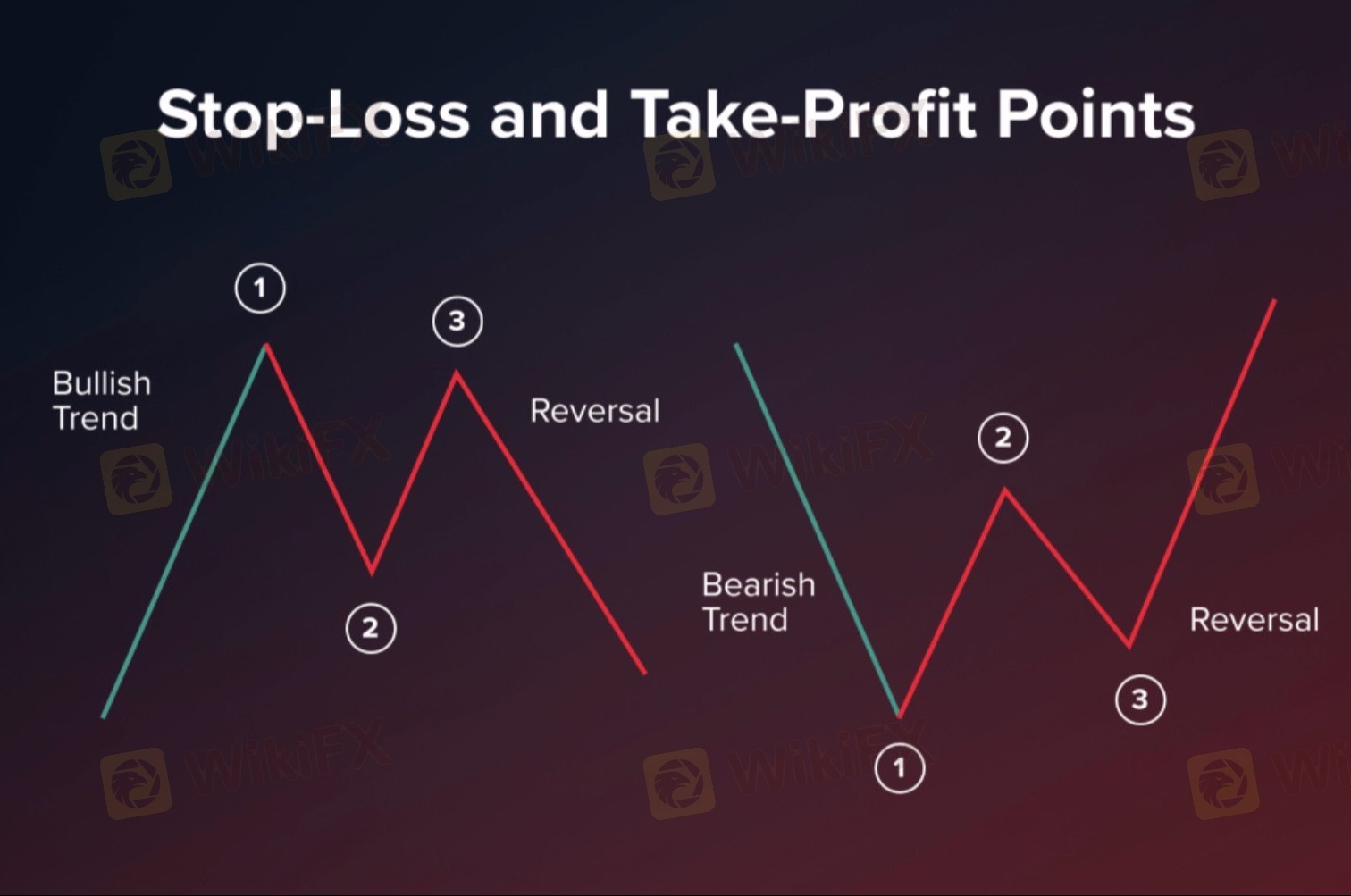
2025-02-18 01:08
業內Adapting risk strategies in bullish markets
#forexRiskTip
Adapting risk strategies in bullish markets is crucial for maximizing gains while protecting against potential reversals. While bullish markets present lucrative opportunities, they also carry risks of overexposure and complacency. Here’s how to adjust risk strategies effectively:
Risks in Bullish Markets:
1. Overconfidence and Complacency: Traders may become overconfident, leading to larger positions, increased leverage, and neglect of risk management rules.
2. Sharp Corrections and Reversals: Bull markets are prone to sudden corrections or profit-taking, resulting in rapid declines.
3. Overvaluation and Bubbles: Extended bullish trends can lead to overvaluation, increasing the risk of sharp price adjustments.
4. Crowded Trades and Herd Behavior: Following the crowd can lead to crowded trades, increasing volatility when sentiment shifts.
Adapting Risk Strategies for Bullish Markets:
1. Adjust Position Sizing: Gradually increase position sizes to capitalize on upward momentum, but avoid overleveraging. Maintain a balanced approach to protect against sudden reversals.
2. Trailing Stop-Loss Orders: Use trailing stops to lock in profits as prices rise, ensuring gains are protected while allowing for continued upside.
3. Take Partial Profits: Secure profits incrementally by selling portions of winning positions at predetermined price targets. This helps reduce risk exposure while maintaining upside potential.
4. Diversification Across Sectors: Diversify investments across different sectors to reduce systematic risk and avoid overexposure to a single market trend.
5. Hedging Strategies: Use hedging instruments like options (e.g., protective puts) or inverse ETFs to protect gains against potential pullbacks.
6. Risk-Reward Ratio Adjustment: In bullish markets, slightly adjust risk-reward ratios to capitalize on upward trends, but maintain discipline in risk management.
7. Stay Informed on Macroeconomic Events: Monitor macroeconomic indicators (e.g., interest rates, inflation) that can influence bullish trends, allowing for proactive risk adjustments.
8. Cautious Leverage Use: If using leverage, do so conservatively to amplify gains without risking significant losses during corrections.
9. Sentiment Analysis: Monitor market sentiment indicators, such as the VIX (Volatility Index) or put/call ratios, to gauge over-optimism and prepare for potential pullbacks.
10. Regular Review and Adaptation: Continuously review and adjust the risk strategy based on evolving market conditions and personal risk tolerance.
Would you like help setting up trailing stops or guidance on using hedging strategies effectively in bullish markets?
贊 0
FX2786310992
交易者
熱門討論
業內
哎,现在明白不赌就是赢啊
行情分析
美元/加元技术面
技術指標
外汇技术分析之波浪理论
業內
[活動]論交易,贏取200元話費補貼
技術指標
EZ.Fury Kite是基于趋势指标MA进行判断
技術指標
指标派是什么?
市集分類

平臺

展會

代理商

招聘

EA

業內

行情

指標
Adapting risk strategies in bullish markets
 印度 | 2025-02-18 01:08
印度 | 2025-02-18 01:08#forexRiskTip
Adapting risk strategies in bullish markets is crucial for maximizing gains while protecting against potential reversals. While bullish markets present lucrative opportunities, they also carry risks of overexposure and complacency. Here’s how to adjust risk strategies effectively:
Risks in Bullish Markets:
1. Overconfidence and Complacency: Traders may become overconfident, leading to larger positions, increased leverage, and neglect of risk management rules.
2. Sharp Corrections and Reversals: Bull markets are prone to sudden corrections or profit-taking, resulting in rapid declines.
3. Overvaluation and Bubbles: Extended bullish trends can lead to overvaluation, increasing the risk of sharp price adjustments.
4. Crowded Trades and Herd Behavior: Following the crowd can lead to crowded trades, increasing volatility when sentiment shifts.
Adapting Risk Strategies for Bullish Markets:
1. Adjust Position Sizing: Gradually increase position sizes to capitalize on upward momentum, but avoid overleveraging. Maintain a balanced approach to protect against sudden reversals.
2. Trailing Stop-Loss Orders: Use trailing stops to lock in profits as prices rise, ensuring gains are protected while allowing for continued upside.
3. Take Partial Profits: Secure profits incrementally by selling portions of winning positions at predetermined price targets. This helps reduce risk exposure while maintaining upside potential.
4. Diversification Across Sectors: Diversify investments across different sectors to reduce systematic risk and avoid overexposure to a single market trend.
5. Hedging Strategies: Use hedging instruments like options (e.g., protective puts) or inverse ETFs to protect gains against potential pullbacks.
6. Risk-Reward Ratio Adjustment: In bullish markets, slightly adjust risk-reward ratios to capitalize on upward trends, but maintain discipline in risk management.
7. Stay Informed on Macroeconomic Events: Monitor macroeconomic indicators (e.g., interest rates, inflation) that can influence bullish trends, allowing for proactive risk adjustments.
8. Cautious Leverage Use: If using leverage, do so conservatively to amplify gains without risking significant losses during corrections.
9. Sentiment Analysis: Monitor market sentiment indicators, such as the VIX (Volatility Index) or put/call ratios, to gauge over-optimism and prepare for potential pullbacks.
10. Regular Review and Adaptation: Continuously review and adjust the risk strategy based on evolving market conditions and personal risk tolerance.
Would you like help setting up trailing stops or guidance on using hedging strategies effectively in bullish markets?
贊 0
我也要評論
提問
0條評論

還沒人評論,趕緊搶佔沙發

提問
還沒人評論,趕緊搶佔沙發